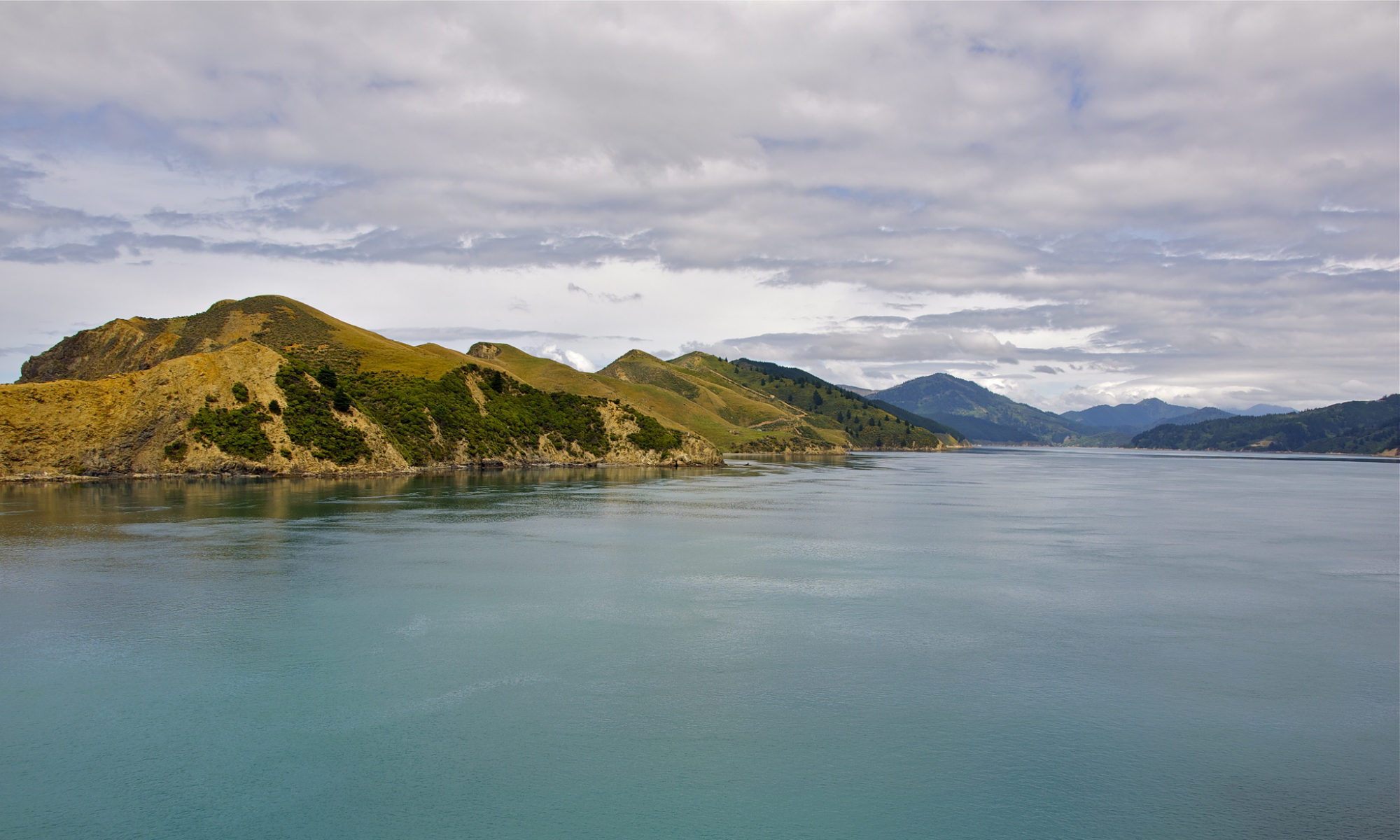Here is a short video from our trip in Italy, this time from Tuscany and Rome. Enjoy.
If interested, please read the blog post from our trip here:

Life experiments while we travel round the world with our son Niko
Here is a short video from our trip in Italy, this time from Tuscany and Rome. Enjoy.
If interested, please read the blog post from our trip here:
“Don’t start your walking journey if your mouth does not taste like wine” – Tuscan proverb
Tuscany offers the most wonderful mix of windy roads, amazing sunsets, medieval towns every few kilometers and most importantly its tasteful vino. The ancient Romans called its creators the Tusci or Etrusci, hence the name of the region. Many consider Tuscany to be the birthplace of the Renaissance, being the greatest repository of art in the world, from extraordinary paintings and sculptures to frescoes as well as some architectural masterpieces.

The countryside roads provide an amazing drive, filled with breathtaking scenery, colourfully dressed cyclists, hikers and exotic cars. We highly recommend renting a car to explore Tuscany and its landscape. For the more ambitious types, rent a bike, if you can survive steep climbs on windy, narrow roads…and make sure you dress the part…remember, Italy is all about haute couture.
We visited over ten towns and villages in Tuscany and here are our favourites. Most importantly we had the pleasure to enjoy them with our friends Aneta, Rafal and their son Kuba.


Montalcino is famous for its Brunello di Montalcino wine and medieval fortezza at its centre.

is very touristy yet beautiful, famous for its medieval towers that can be seen from kilometres away.
 is beautifully set and a UNESCO site. Visited by many, it’s famous for its cuisine, art, medieval cityscape and the Palio, a horse race held twice a year which runs for just about 75 seconds:)
is beautifully set and a UNESCO site. Visited by many, it’s famous for its cuisine, art, medieval cityscape and the Palio, a horse race held twice a year which runs for just about 75 seconds:)
 is a little town situated on a steep hill. Beautiful with a genuine feel of a town not yet infested by tourists. You can still encounter groups of local seniors sitting around and discussing daily affairs.
is a little town situated on a steep hill. Beautiful with a genuine feel of a town not yet infested by tourists. You can still encounter groups of local seniors sitting around and discussing daily affairs.

boasts a great mix of medieval and renaissance architecture and history, the small corridors deliver a surprise at every corner. Expect breathtaking views!
“In Rome you long for the country; in the country oh inconstant! you praise the distant city to the stars”
– Horace
Rome was the ultimate capital of the ancient world, when at its peak it controlled over 6.5 million kilometres. It overwhelmed us with its grandeur, amazing architecture and cultural wealth.
It would be impossible to describe all we have seen but here are a few highlights.

The ‘stadion of the ancient games’ – took 8 years to build and could house over 55 thousand spectators. It was the biggest structure of its time and still welcomes thousands of tourists every year. Expect very long lineups, Niko wasn’t interested in waiting so we didn’t go in:(
The square is home to some of the holiest Catholic sites, it is the largest church in the world and home to the Pope, of course. The swiss guards protect the papacy, mercenaries (for hire since the 15th century) were well trained, loyal and often hired by foreign European courts. Their duty at the Vatican is the only one that remains today. The Bernini’s matching fountain at the centre was Niko’s favourite!

Ancient place of worship, first for Pagans then Christians. Interestingly pantheon in greek means “to every god”. Its dome is still the world’s largest un-reinforced concrete dome.

For centuries the centre of Roman public life: elections, triumphal processions, speeches, trials etc. It now remains a spectacular site and reminder of Rome’s vast history.
Built as a mausoleum, then a papal refuge (apparently there is a tunnel leading to the Vatican), then a fortress and finally a symbol of the end the plague of Rome in 590.
The somewhat “simple” entrance hides this amazing structure. It contains a meridian line, a sundial, within the basilica commissioned by the pope to help predict Easter more exactly than prior.
Our pictures, more to come in the upcoming part. Pictures from part one here
[flickr-gallery mode=”photoset” photoset=”72157627107892616″]
To see all pictures from Tuscany and Rome please go here
If you have any comments or suggestions please let us know in the comment section below. Thanks!